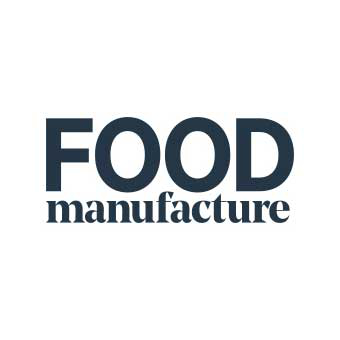
Last month, trade commissioner Cecilia Malmström told European trade ministers that if President Trump hits the EU with 25 per cent tariffs on cars, Brussels is prepared to hit back with tariffs on some $20 billion worth of American exports. Trade...

A spokeswoman for the Consumer Choice Center said: “Imposing any tariffs on food will not only put another burden on British consumers and increase the costs of Brexit, but will also send a signal to the rest of the world that...
Free Trade For Us is a single-issue campaign produced by the Consumer Choice Center and supported by partners to raise awareness about the positive impact of free trade and to show policymakers all over the world that the millennial generation is united against tariffs, trade barriers, and retaliatory measures that only hurt consumers and workers.
© Copyright 2018 All Rights Reserved